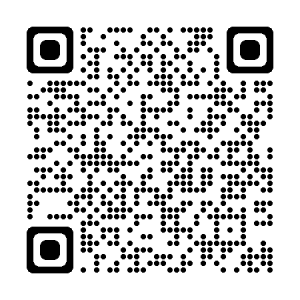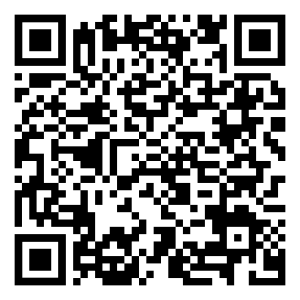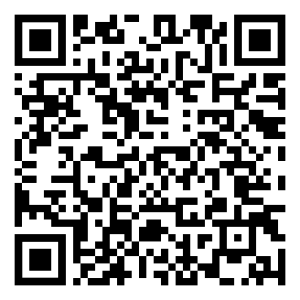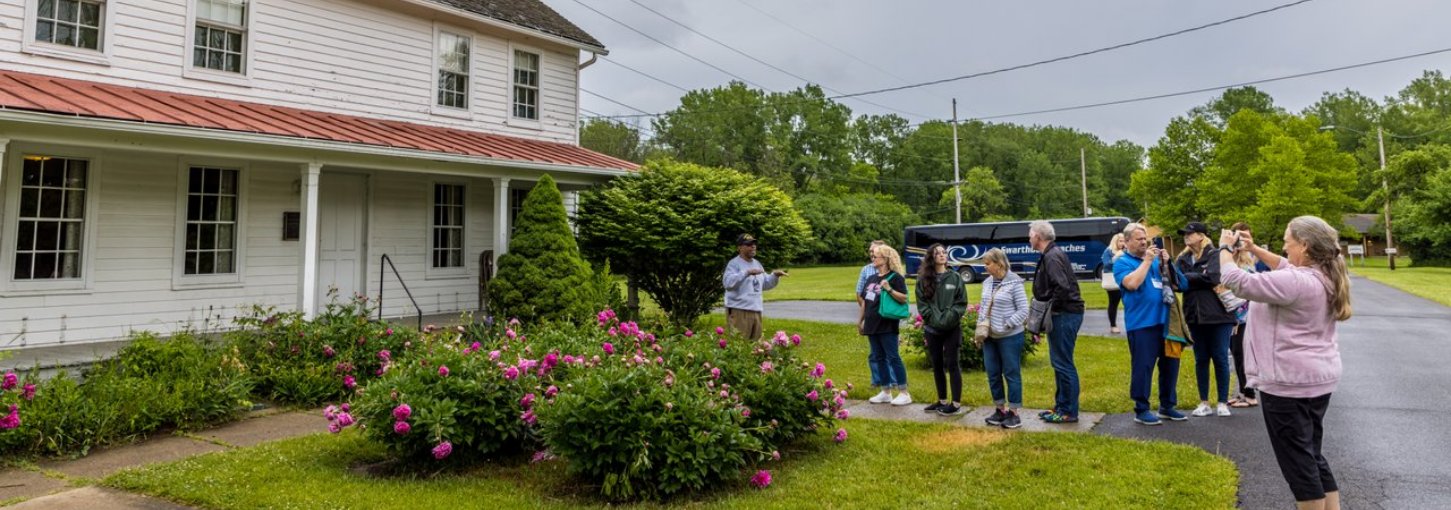
Places to Visit
Legacies of a Legend
Follow in the footsteps of Harriet Tubman as you explore the places she frequented, hear stories of the people she knew, and the progress she made in the fight for abolition and women’s suffrage.
If you’ve been by the Thompson Memorial AME Zion Church on Parker Street lately, you may have noticed construction being done. Part of the Harriet Tubman National Historical Park, the church is being restored to how it looked in 1913 when it held Harriet Tubman’s funeral.
Earlier this summer, Allyshia Hamilton, TV host of Get Away for a Day with Allyshia Renay! went inside with National Park Service rangers to learn about the importance of this building in Harriet Tubman’s life. See the inside as the project’s foreman shares the intensive work that is going into preserving this piece of history – set to open in 2024.
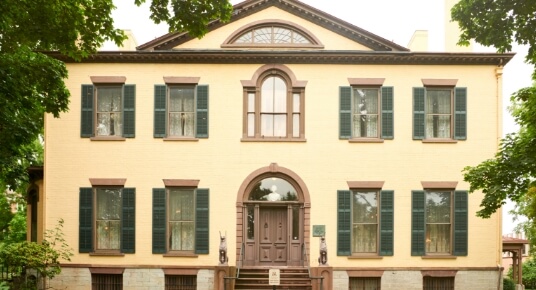
Seward House Museum
One of Auburn’s most notable Underground Railroad “stations” was the home of William H. Seward, U. S. Secretary of State, (1861–1869) and his wife, Frances Seward. Both William and Frances were abolitionists. Visit the Seward House Museum and experience the actual room where enslaved people on their way to freedom were kept in safety.
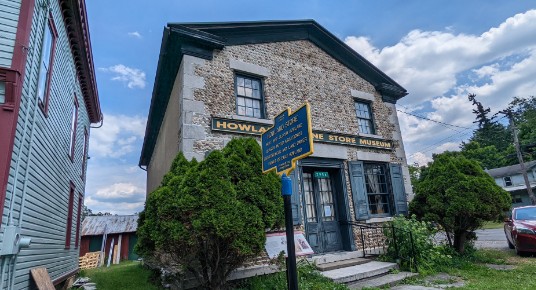
Howland Stone Store Museum
The Howland Stone Store Museum where the abolitionist family of Slocum Howland kept a store. The museum includes a display of a rare Underground Railroad pass, along with other abolition and suffrage artifacts.
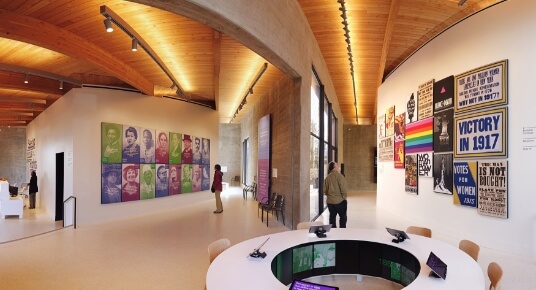
Equal Rights Heritage Center
Learn about the key contributors that stood for justice from the 1800s to the modern day—including a bronze statue of Harriet Tubman in the courtyard. Find multiple travel resources like paper guides, maps, and brochures here, too.
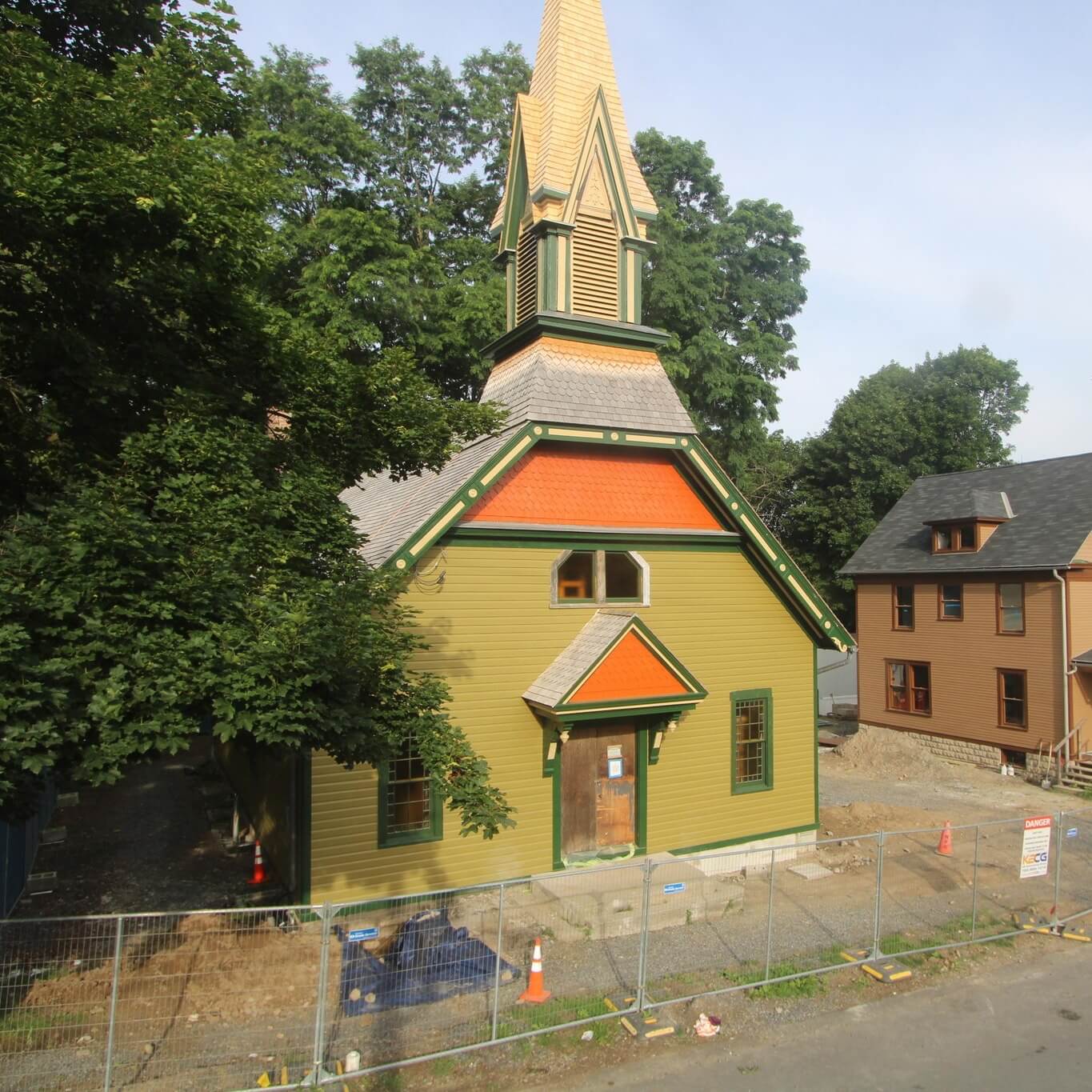
Harriet Tubman National Historical Park
The National Park Service preserves the Thompson Memorial African Methodist Episcopal Zion Church, where Tubman attended service for 22 years and was buried.
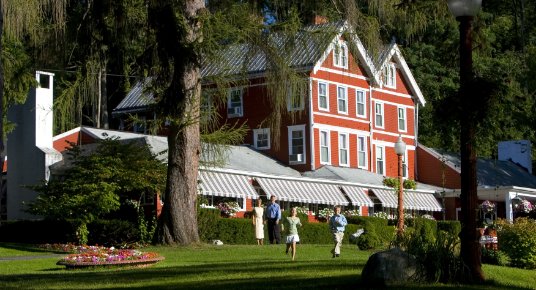
Springside Inn
During your visit, stay at the Springside Inn, a charming bed and breakfast believed to have been used as part of the Underground Railroad. Tubman once used the thickets surrounding the backyard to hide previously enslaved individuals on their journey north.
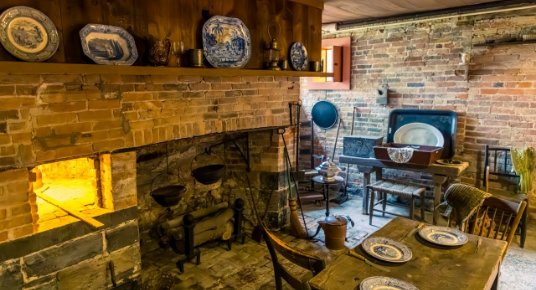
Underground Railroad Tour
The Underground Railroad is considered by many to be the first great freedom movement in the Americas and the first time that people of different races and faiths worked together in harmony for freedom and justice. It began to take shape in the early 19th century by a group of abolitionists – people who believed in human rights and equality and supported the abolition, or termination, of slavery.
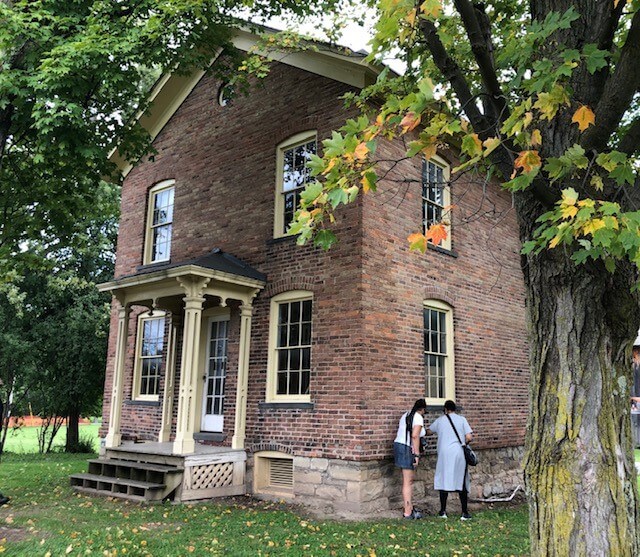
Harriet Tubman Home
The Harriet Tubman Home, Inc. is an independent non-profit established by the African Methodist Episcopal Zion Church to manage and operate the homestead of Ms. Tubman. The Harriet Tubman Home is charged with sharing Harriet Tubman’s core values with visitors through a guided tour of the property.
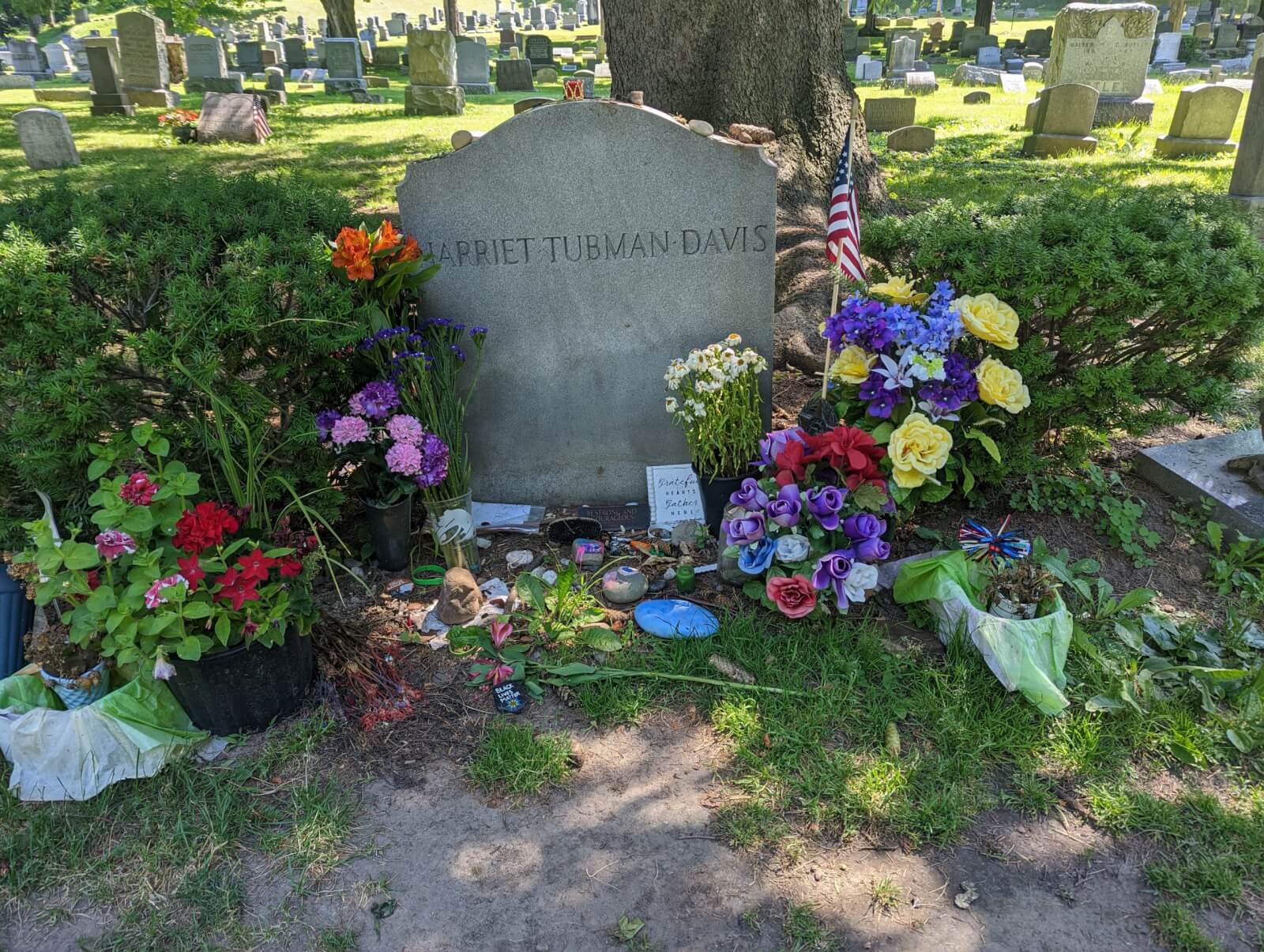
Fort Hill Cemetery
Auburn NY not only served as the backdrop to Harriet Tubman’s life as a free women it also provides the comfort of her final resting place. In 1913 Harriet Tubman was buried here with semi-military honors for her service in the US Army during the Civil War. The cemetery includes the sites of of other notable figures such as William and Frances Seward, Martha Coffin Wright.
The Underground Railroad in Cayuga County
The Underground Railroad was not an actual railroad, it was comprised of a network of people and safe houses during the Civil Rights Movement. Railroad terminology and symbols were simply used to conceal the secret activities of the network. Supporting individuals such as Harriet Tubman, who helped enslaved people on their journeys to freedom, were called “conductors.” The terms “passengers,” “cargo,” “package” and “freight” referred to escaped enslaved people. Passengers were delivered to “stations” which were safe houses – everyday buildings such as family homes, churches, and businesses. They were located in various cities and towns and were places of temporary refuge. Stations could sometimes be identified by lit candles in windows or by strategically placed lanterns in front yards.
Today, you can still see some of the churches and meeting houses in Cayuga County that were stations on the Underground Railroad. Experience them for yourself with one of two self-guided tours below. Or, download the “Harriet Tubman Underground Railroad” tour from your app store or visit www.htlc.stqry.app/.
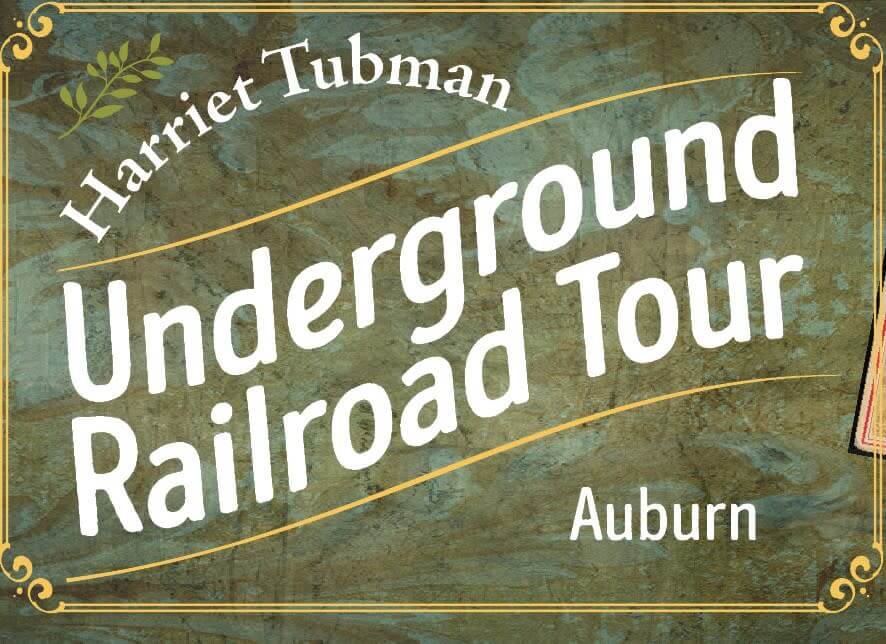
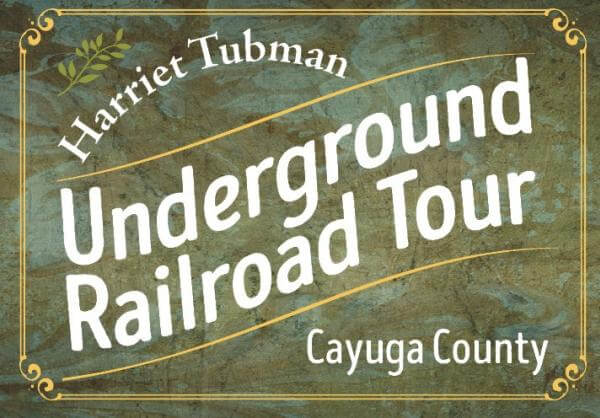
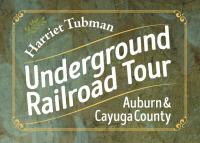
Click or Scan the QR Codes to download the Free App. or visit htlc.stqry.app Start your journey today!
